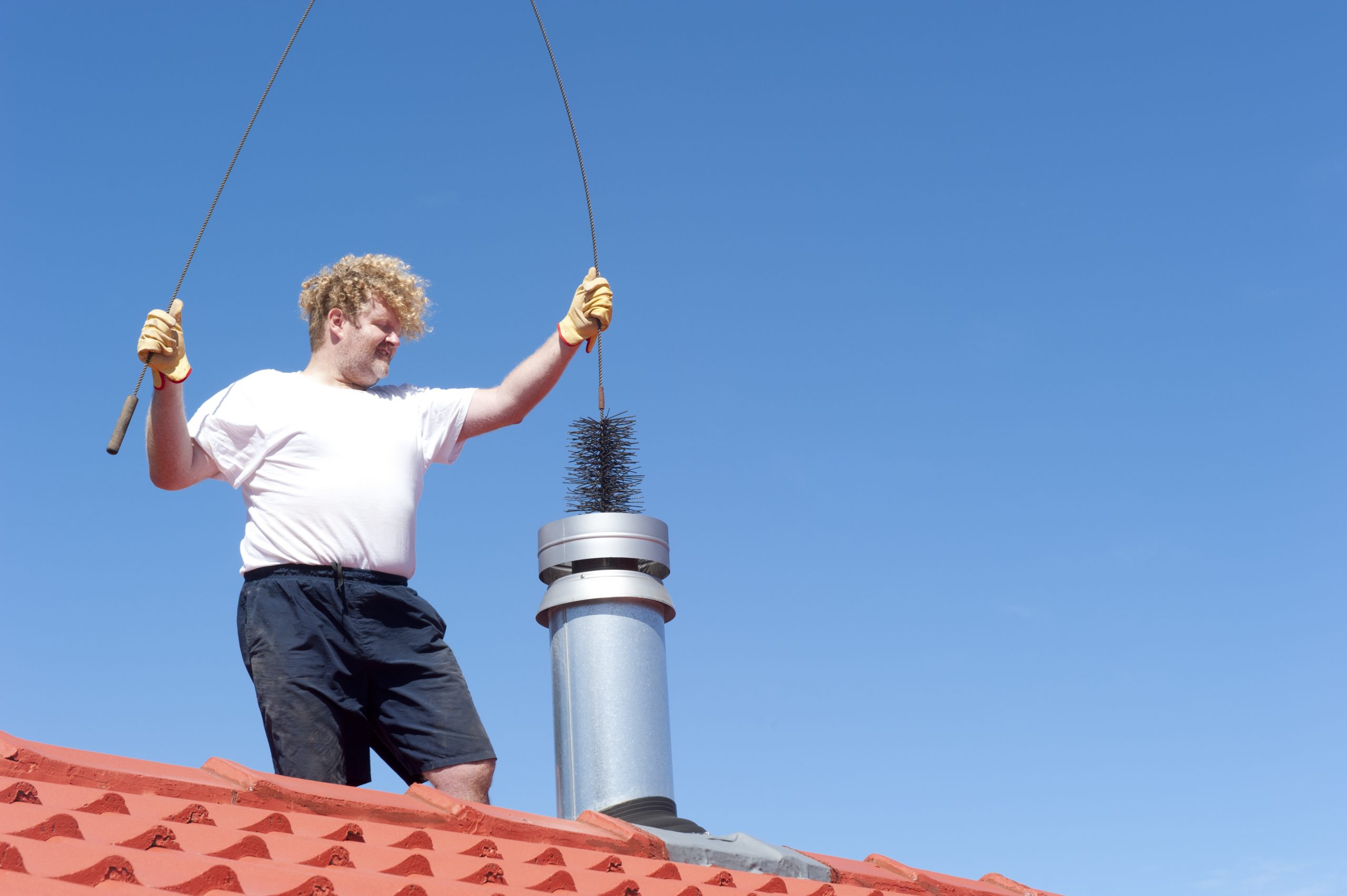Your fireplace is an integral part of your home. For some families, it is the centerpiece. But despite their sturdy appearance, your fireplace and chimney need regular maintenance. When it comes to the chimney, minor flaws can turn into costly, even dangerous, problems. Here are ten things you need to know about maintaining your chimney:
Your Chimney Needs To Be Inspected at Least Once a Year
The sturdy masonry work or metal construction of your chimney may seem low maintenance. But, having your chimney inspected every year is vital. A yearly visit from a knowledgeable chimney sweep can mean the difference between a safe, working fireplace and a costly fire hazard. An annual inspection and cleaning is the minimum recommended by the U.S. Fire Administration, FEMA and the Chimney Safety Institute of America.
Don’t Wait Until the Last Minute To Have Your Chimney Cleaned
You might not be thinking about your fireplace when the weather is warm and winter is far off. However, you can avoid a lot of hassle by booking your annual chimney inspection in the spring or summer. The warm weather makes masonry repair work easier if it is needed. You can also avoid the busy season when everyone else is trying to get a maintenance appointment.
A “Cleaning” Is More Than Just Cleaning
Good chimney sweeps won’t just clean your fireplace. They will also inspect the entire system for damage and identify potential issues that may need prompt repair. They can also make some repairs on the spot, which can save you time and money.
The Type of Material You Burn May Increase Maintenance Frequency
Burning green wood in your fireplace warrants more frequent inspections than burning seasoned wood. Green wood produces more creosote when burned than seasoned wood does. So, your chimney will need to be cleaned more frequently. Additionally, resin buildup from burning green wood can be a fire hazard as the resin is highly combustible. Fireplace safety authorities recommend only burning well-seasoned wood in your fireplace or wood stove for this reason.
Don’t Rely on DIY Cleaning Products
There is a range of products available that advertise a cheaper, at-home alternative to fireplace cleaning. These chemical cleaners may work to reduce creosote buildup. But, they cannot replace an annual visit from a professional chimney sweep.
Small Issues Can Turn Into Big Problems
A few cracks in the mortar, a drip or two when it rains, or a bird in the fireplace may seem like minor inconveniences. But, these are signs you need to schedule maintenance. Problems like cracks will only get worse as time goes on, whether from moisture or heat. What would have been a simple fix can become an expensive overhaul or a deadly situation. Problems with your chimney, such as creosote buildup, can cause house fires. Additionally, cracks and other damage can be a sign that a chimney fire has already occurred. This kind of damage needs to be repaired as soon as possible. It’s the best way to bring the system back up to safety standards and prevent further damage and fires.
The Chimney Is Important to the Structural Integrity of Your Home
Architects often build houses around the fireplace and chimney. A poorly maintained chimney can therefore threaten the structure it’s attached to. Be on the lookout for possible structural problems such as cracks, separating, crumbling and leaks. Good chimney sweeps are knowledgeable of building codes and regulations. So, they will know the difference between a cosmetic issue and a structural one.
Gas Fireplaces Need Cleaning, Too
Many homeowners have replaced the traditional wood-burning fireplace with a gas version. While gas fireplaces are much cleaner-burning than wood, they still require maintenance. You may not need to worry about creosote buildup, but wear and weathering can still affect your chimney.
Check the Damper
If it’s difficult to open or close the damper on your fireplace, it’s time to have it looked at. A malfunctioning damper can result in inefficient energy use and, therefore, higher energy bills. There is also the safety component to consider as well. Dangerous carbon monoxide can build up in your home if the damper isn’t working correctly. A closed damper will also increase creosote buildup, which can ignite and cause a fire. A properly maintained damper really makes a difference.
Consider a Cap
The addition or repair of a cap or crown on your chimney is an excellent investment. The cap prevents rain and snow from entering your chimney. Caps with screening also keep animals from taking up residence in an unused chimney.
Now you know 10 more things about maintaining your fireplace and chimney that just might save you in the long run. If you notice any issues with your fireplace or chimney, call Ray Arnold Masonry & General Contracting as soon as possible.

